AX,AY,BX, and BY have rock salt type structure with following internuclear distances:
∣∣
∣
∣
∣
∣
∣
∣∣SaltAnion-anionCation-aniondistance inÅdistance inÅAX2.401.70AY1.631.15BX2.661.88By2.091.48∣∣
∣
∣
∣
∣
∣
∣∣
A salt MY crystallizes in the CsCl structure. The anions at the corners touch each other and cation is in the centre. The radius ratio (r⊕/rΘ) for this structure is
0.225
0.414
0.732
1.0
The correct Answer is:C
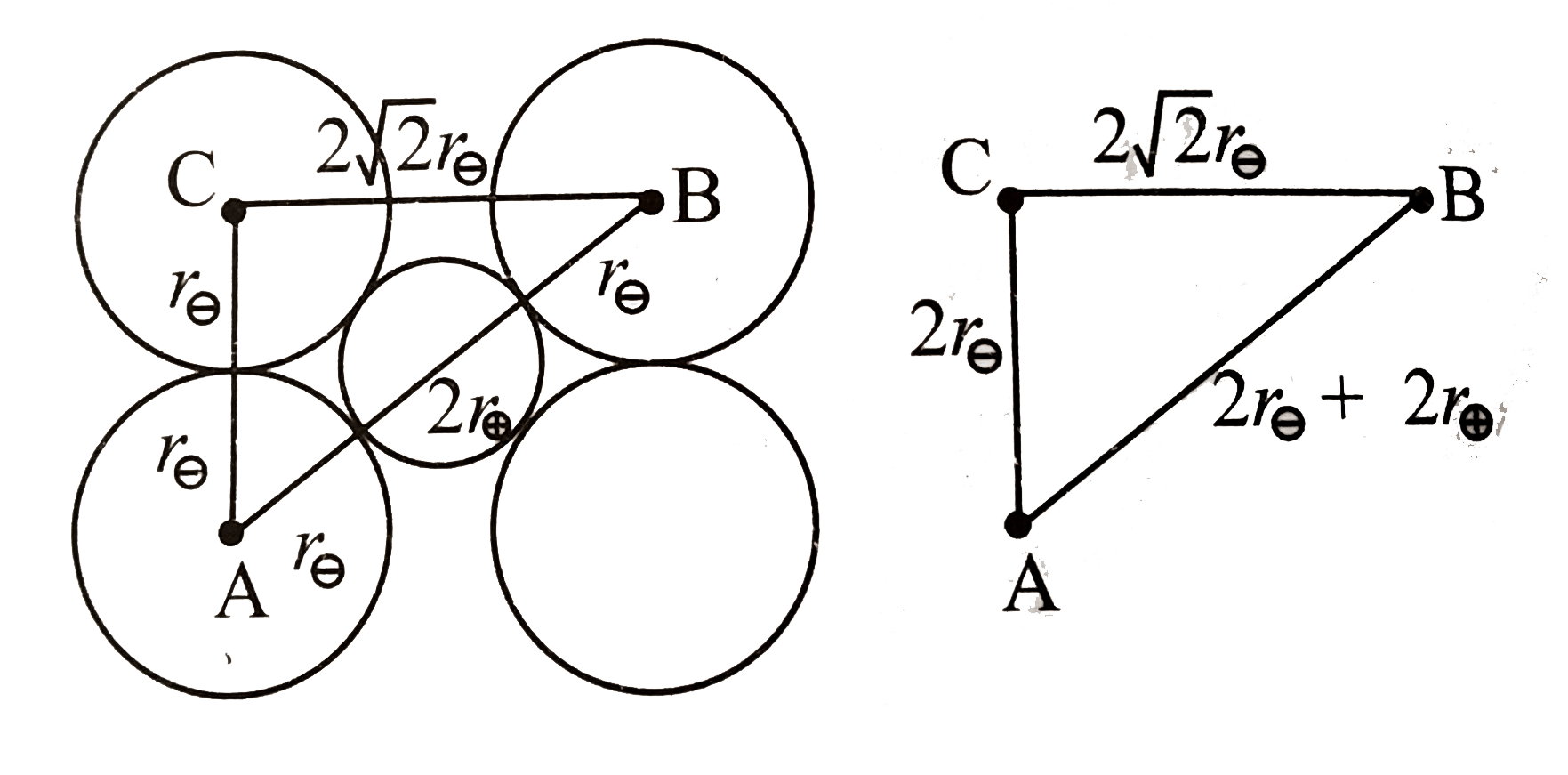
The distance between opposite corners fo the face of a cube with sides 2rɵ(CB)=2√2rɵ
The distance between the centers of touching atoms
(AC)=2rɵ
∴ The distance between two oppsite anions =√12rɵ
=(2r⊕+2rɵ)
∴√12rɵ=(2r⊕+2rɵ)
3.46rɵ=(2r⊕+2r(ɵ))
1.46rɵ=2r⊕⇒r⊕rɵ=0.732
Topper's Solved these Questions
- BOOK - CENGAGE CHEMISTRYCHAPTER - SOLID STATEEXERCISE - Exercises (Multiple Correct)39videos
SOLID STATE
- BOOK - CENGAGE CHEMISTRYCHAPTER - SOLID STATEEXERCISE - Exercises (Single Correct)72videos
SOLID STATE
- BOOK - CENGAGE CHEMISTRYCHAPTER - SOLID STATEEXERCISE - Solved Examples13videos
SOLID STATE
- BOOK - CENGAGE CHEMISTRYCHAPTER - REDUCTION AND OXIDATION REACTION OF ORGANIC COMPOUNDSEXERCISE - SUBJECTIVE TYPE3videos
REDUCTION AND OXIDATION REACTION OF ORGANIC COMPOUNDS
- BOOK - CENGAGE CHEMISTRYCHAPTER - SOLUTIONSEXERCISE - Ex 2.3 (Objective)9videos
SOLUTIONS
Similar Questions
AB' has rock salt structure. Radius of cation is 100pm. If the radius of anion is 1.6 times that of cation then the edge length of unit cell "AB" will be
View Solution'AB' has rock salt structure. Radius of cation is 100pm. If the radius of anion is 1.6 times that of cation then the edge length of unit cell "AB" will be
View Solution
Knowledge Check
- Question 1 - Select One
AX,AY,BX, and BY have rock salt type structure with following internuclear distances:
∣∣ ∣ ∣ ∣ ∣ ∣ ∣∣SaltAnion-anionCation-aniondistance inÅdistance inÅAX2.401.70AY1.631.15BX2.661.88By2.091.48∣∣ ∣ ∣ ∣ ∣ ∣ ∣∣
The structure given below is of
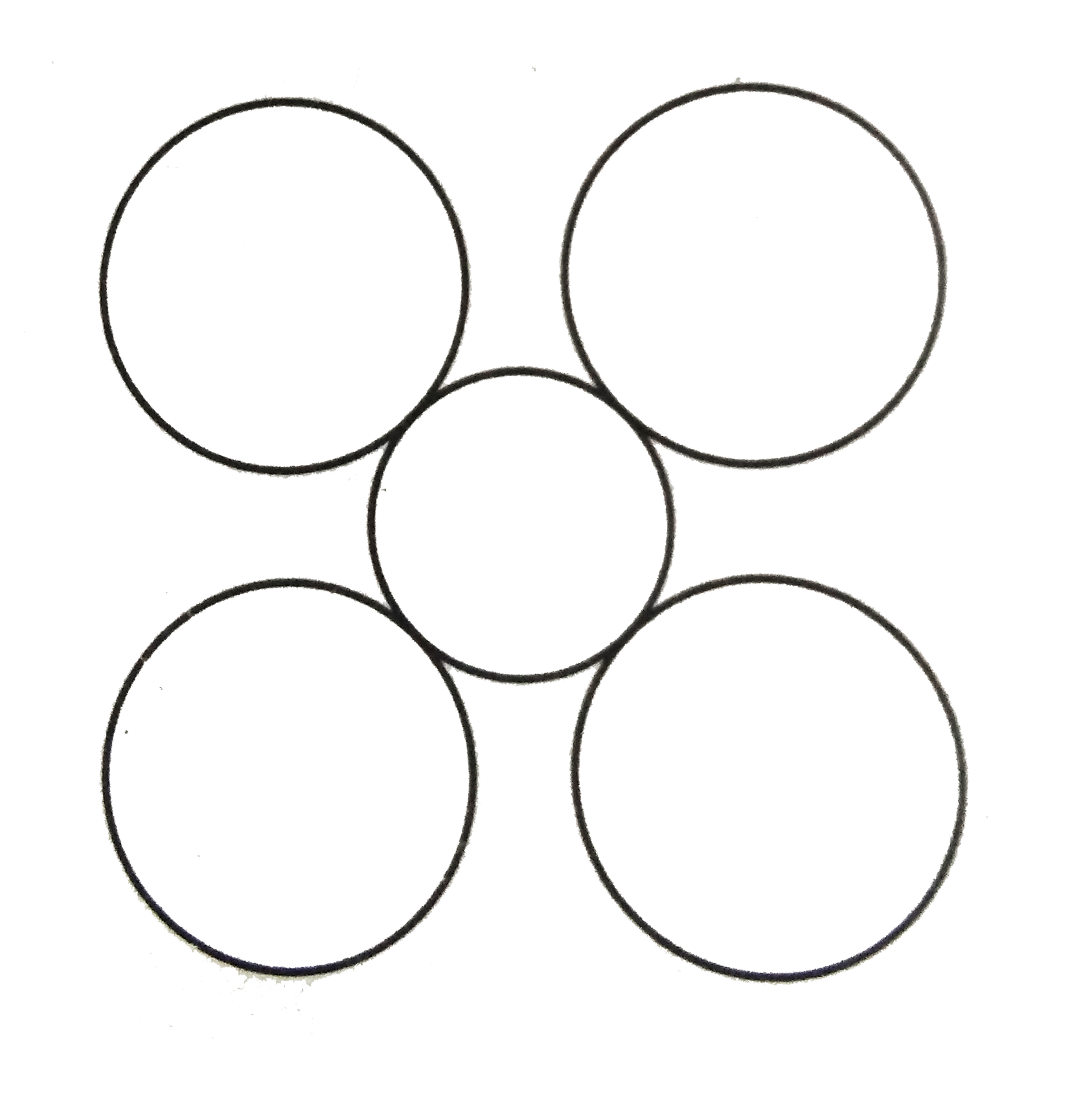 AAXBAY,BXCAY,BX,BYDAY,BX,BYandKCI
AAXBAY,BXCAY,BX,BYDAY,BX,BYandKCI - Question 2 - Select One
AX,AY,BX, and BY have rock salt type structure with following internuclear distances:
∣∣ ∣ ∣ ∣ ∣ ∣ ∣∣SaltAnion-anionCation-aniondistance inÅdistance inÅAX2.401.70AY1.631.15BX2.661.88By2.091.48∣∣ ∣ ∣ ∣ ∣ ∣ ∣∣
Which of the following structure is, respectively, by Ax?
 A
A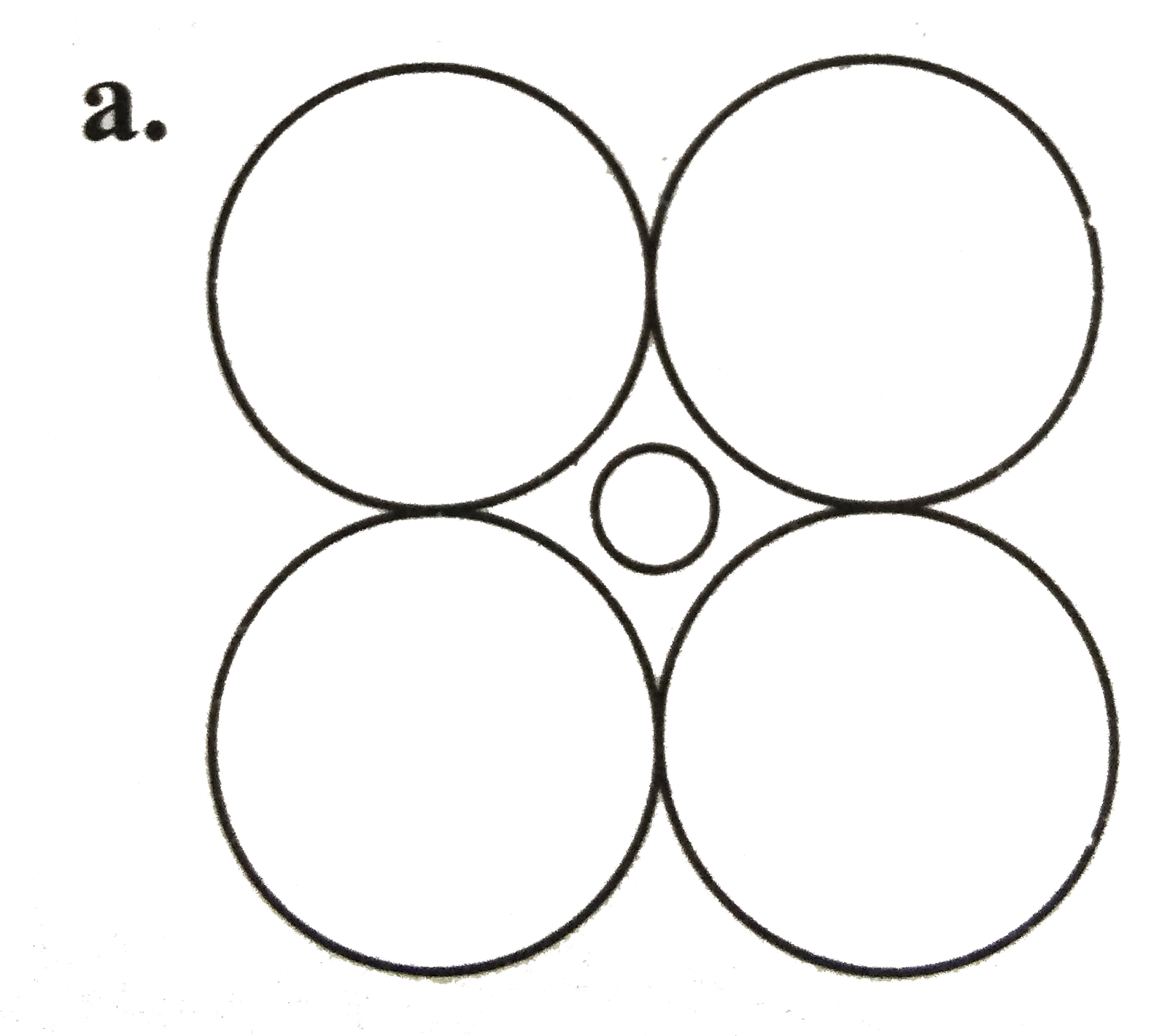 B
B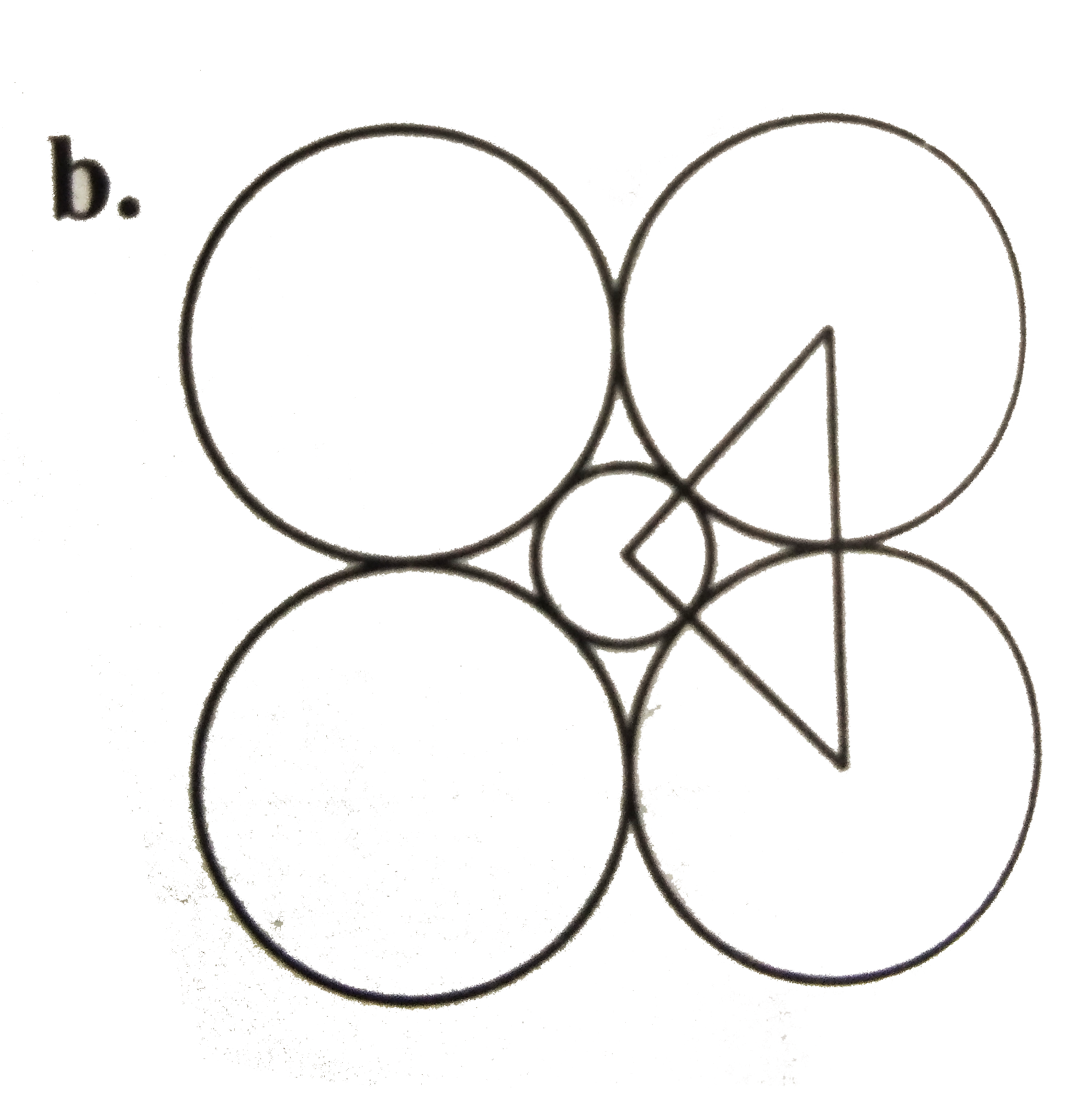 C
C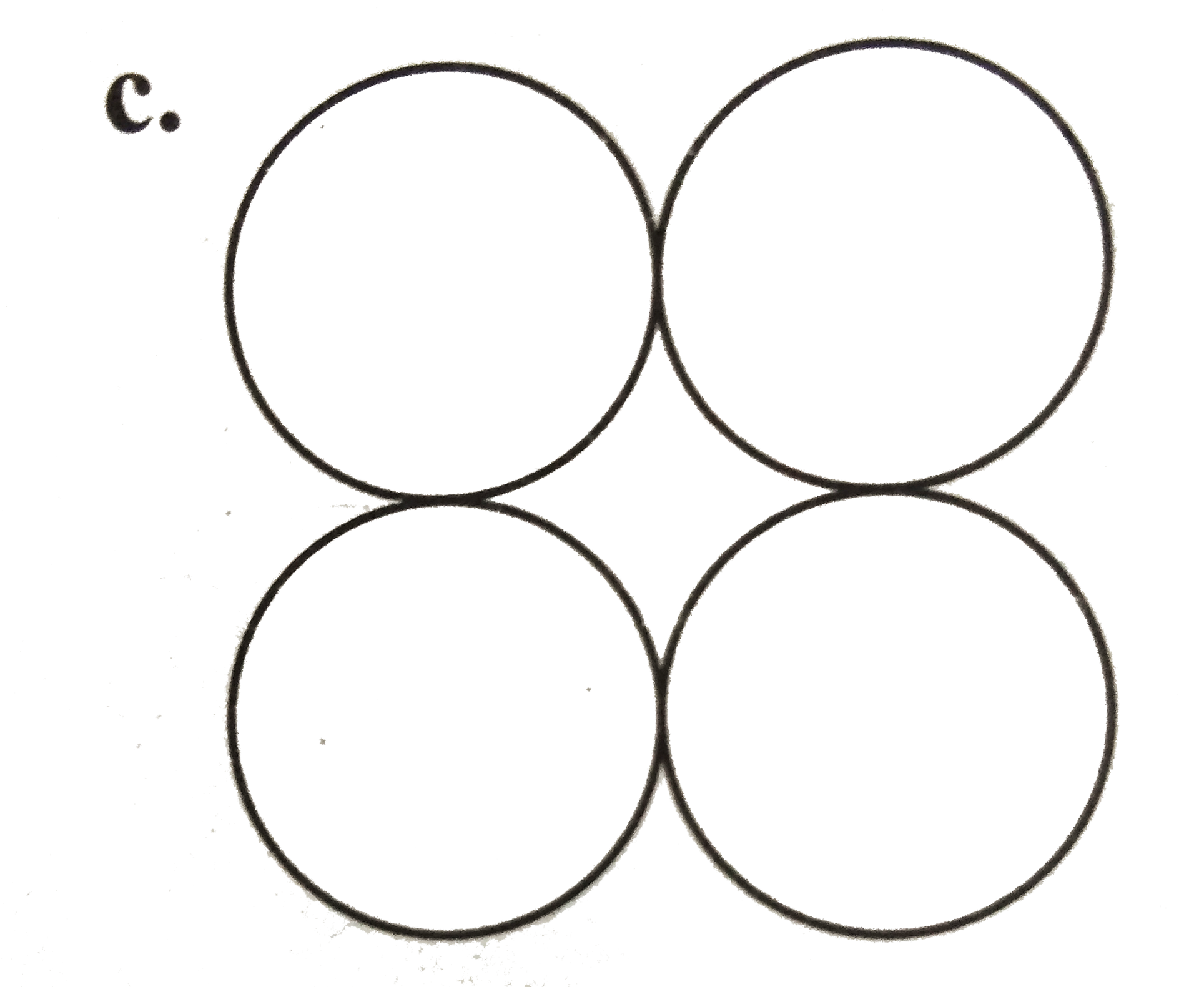 D
D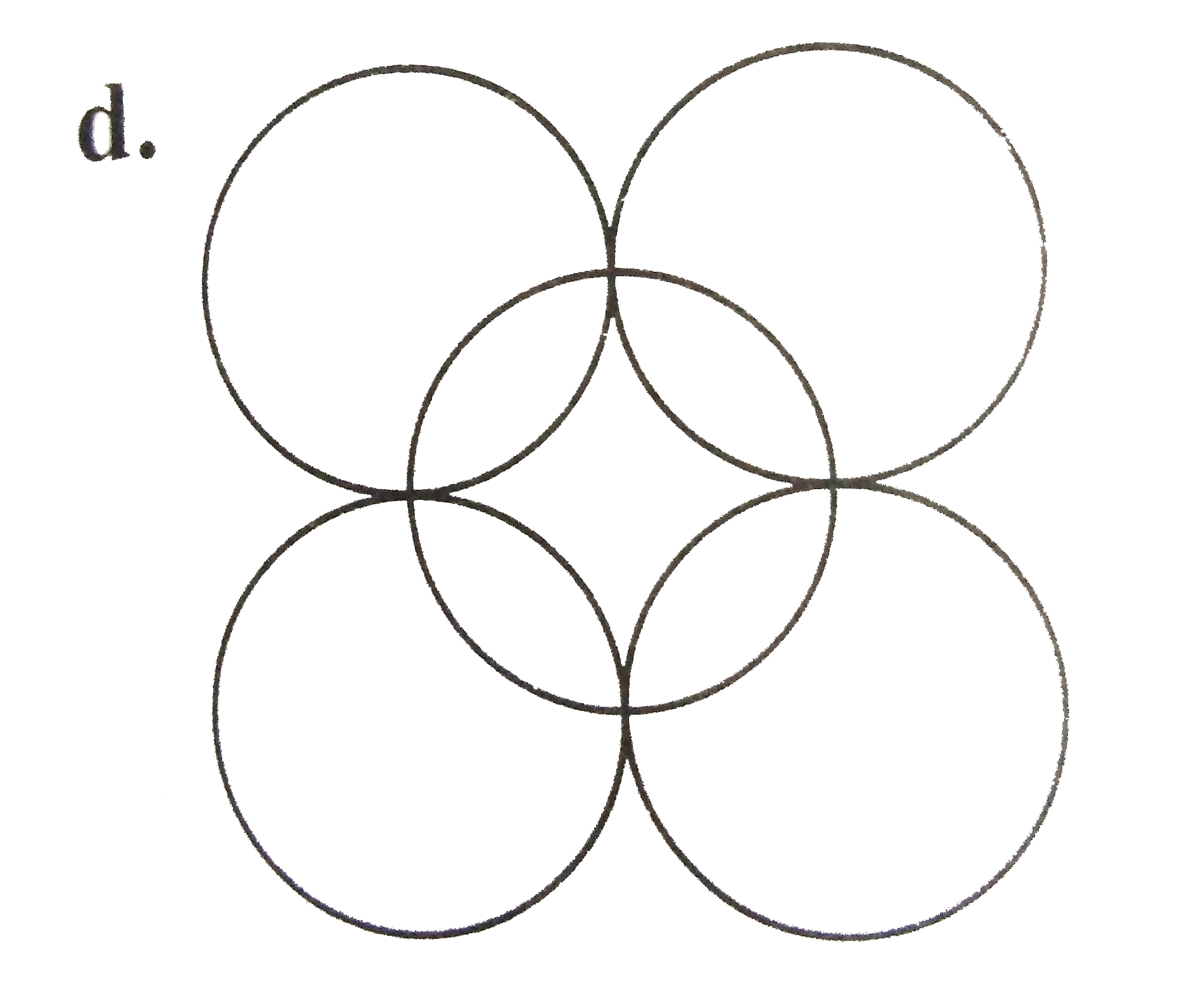
- Question 3 - Select One
AX,AY,BX, and BY have rock salt type structure with following internuclear distances:
∣∣ ∣ ∣ ∣ ∣ ∣ ∣∣SaltAnion-anionCation-aniondistance inÅdistance inÅAX2.401.70AY1.631.15BX2.661.88By2.091.48∣∣ ∣ ∣ ∣ ∣ ∣ ∣∣
Ionic radii of X⊕ and YΘ, respectively, areA0.35 and 0.68ÅB0.68 and 0.35ÅC1.20 and 0.80ÅD0.80 and 1.20Å
AX,AY,BX, and BY have rock salt type structure with following internuclear distances:
∣∣ ∣ ∣ ∣ ∣ ∣ ∣∣SaltAnion-anionCation-aniondistance inÅdistance inÅAX2.401.70AY1.631.15BX2.661.88By2.091.48∣∣ ∣ ∣ ∣ ∣ ∣ ∣∣
Ionic radii of A⊕ and B⊕, respectively, areView SolutionA salt AB cystallises in the CsCl structure. The anions at the corners and the cation in the centre. Hence, radius ratio r+/r−
View SolutionIn the fluorite structure if the radius ratio is (√32−1) how many ions does each cation touch?
View SolutionIn the fluorite structure if the radius ratio is (√32−1), how many ions does each cation touch ?
View SolutionAssertion:- Antigluorite structure is 4:8 (cation:anion) type coordination crystal.
Reason:- Ratio of no. of cation and anions in CaF2 crystal is 1:2View Solution

